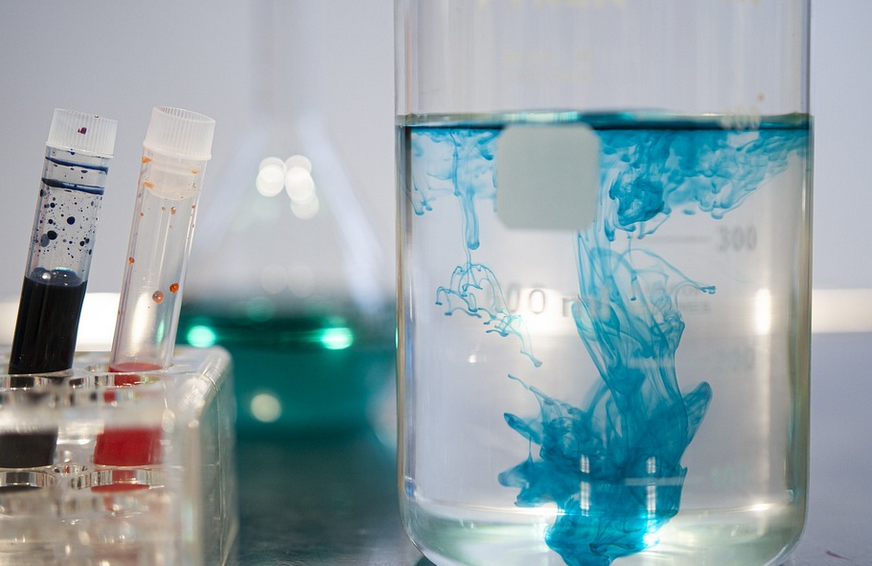The Devastating Effects of Coral Bleaching on Australian Coral Reefs
Australia is home to some of the most beautiful coral reefs in the world. However, in recent years, these reefs have been facing a serious threat in the form of coral bleaching. Coral bleaching occurs when coral reefs lose their vibrant colors, turning white or pale, due to stress caused by environmental factors such as increased sea temperatures, pollution, and overfishing.
Australian coral reefs are particularly vulnerable to coral bleaching due to their location in tropical waters and the increasing frequency of heat waves caused by climate change. In fact, a recent study by the Australian Institute of Marine Science found that 93% of the Great Barrier Reef has been affected by coral bleaching at least once since 2016.
The Impact of Coral Bleaching on Marine Life
The impact of coral bleaching on marine life cannot be overstated. Coral reefs provide a home to a diverse range of marine species, and when the reefs are damaged, the entire ecosystem is put at risk. As coral reefs die, the fish and other marine animals that depend on them for food and shelter are forced to relocate, leading to a decline in biodiversity.
In addition, coral reefs act as natural barriers, protecting coastlines from storms and erosion. Without healthy coral reefs, coastal communities are more vulnerable to the devastating effects of natural disasters.
What Can Be Done to Protect Australian Coral Reefs?
The Australian government has taken steps to protect coral reefs, including the implementation of the Reef 2050 Plan, which aims to improve the health of the Great Barrier Reef. This plan includes measures to reduce pollution and improve water quality, as well as investing in research to better understand the impact of climate change on coral reefs.
However, more needs to be done to address the root cause of coral bleaching, which is climate change. This requires a global effort to reduce carbon emissions and transition to renewable energy sources.
Conclusion
Australian coral reef bleaching is a tragic reality that poses a serious threat to the health of our oceans and the communities that depend on them. It is up to all of us to take action to protect these precious ecosystems and the marine life that call them home.
By reducing our carbon footprint and supporting efforts to protect coral reefs, we can help ensure that these beautiful and important ecosystems remain healthy for generations to come.

